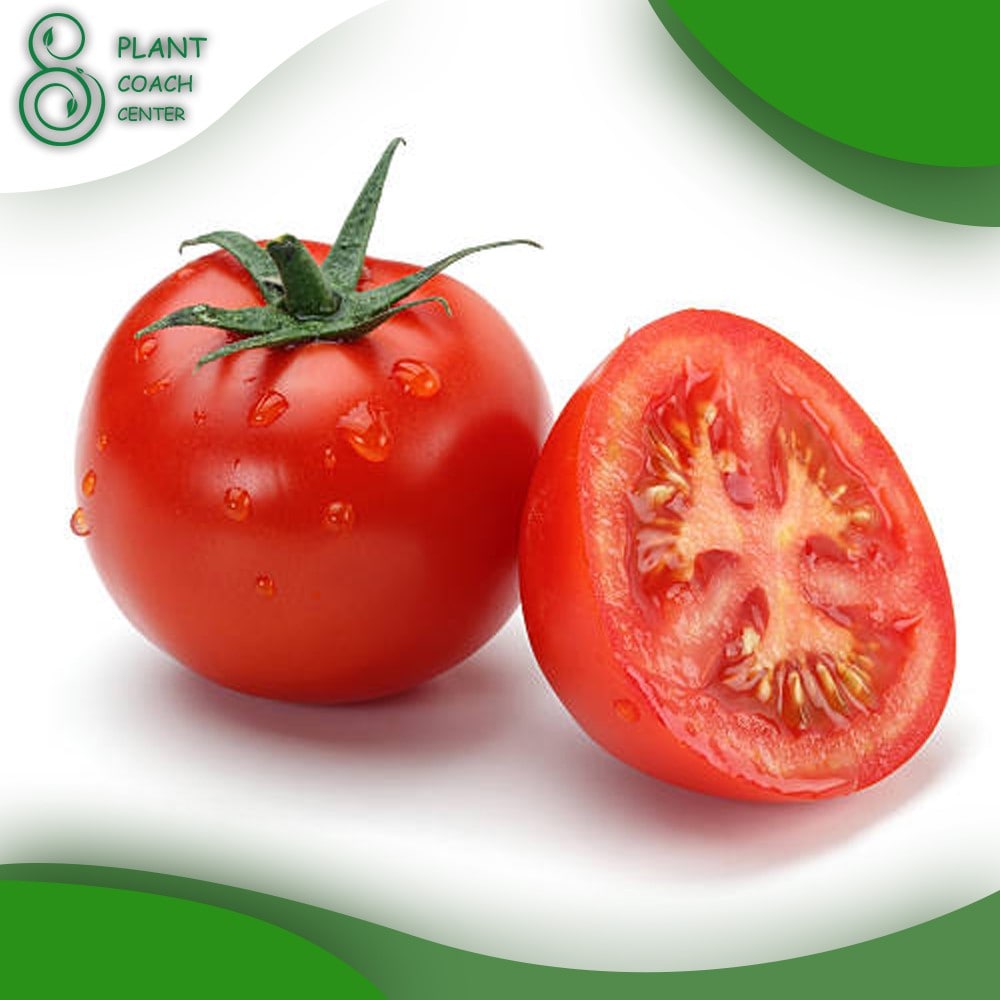When Do You Plant Tomatoes
Do you dream of sun-ripened, juicy tomatoes straight from your garden? The key to turning that dream into reality lies in perfect timing. Imagine the satisfaction of biting into a luscious, homegrown tomato that you carefully nurtured from seed to fruit.
Welcome to the world of tomato gardening, where knowing the right time to plant can make all the difference. Whether you’re a seasoned gardener or a beginner, this comprehensive guide will unlock the secrets to achieving bountiful yields and delicious tomatoes.
From understanding the impact of timing on tomato growth to selecting the perfect varieties and employing effective techniques, we’ve got you covered.
So, grab your gardening gloves, let the excitement grow, and get ready to embark on a journey that will fill your garden with the most flavorful tomatoes you’ve ever tasted. Let’s dive in and discover the art of perfect timing in planting tomatoes.
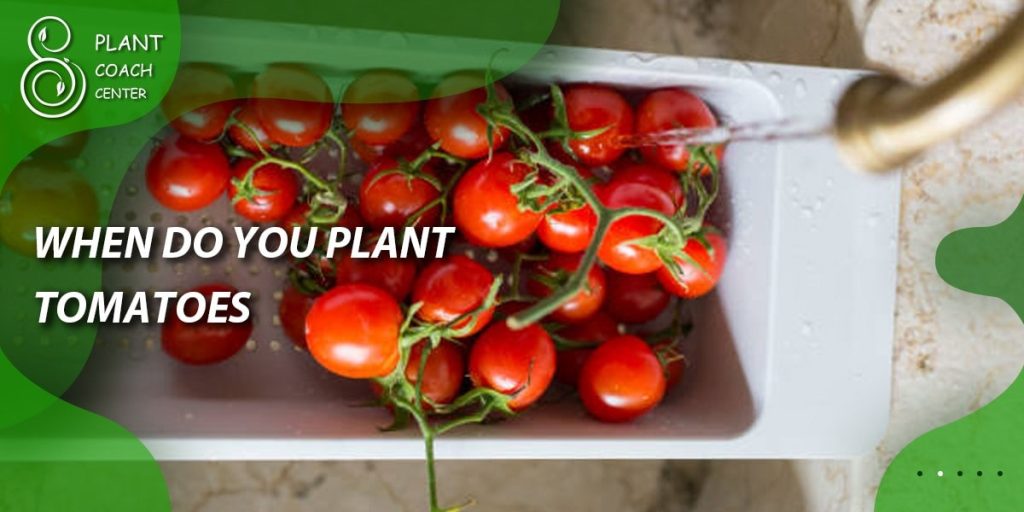
Understanding the Impact of Timing on Tomato Growth:
The timing of tomato planting plays a pivotal role in determining the success of your crop. Temperature significantly affects seed germination and early growth, making it essential to plan your planting accurately. Additionally, being mindful of frost dates is crucial, as it helps you identify the safe planting window and protect your tomatoes from potential damage caused by late frosts.
To understand the best time to plant tomatoes, consider these key factors that directly impact their growth and success:
Regional Climate Zones:
Your climate zone plays a significant role in determining the right planting time for tomatoes. Different regions experience varying weather patterns, such as hot summers or shorter growing seasons. Knowing your specific climate zone will help you choose the appropriate tomato varieties and planting dates for optimal results.
Growing Season Length:
The length of your growing season, which is the period between the last and first frost dates, affects when you should start planting tomatoes.
In regions with shorter growing seasons, early-maturing tomato varieties are preferred to ensure the fruit ripens before the frost arrives. Conversely, regions with longer growing seasons offer more flexibility in choosing varieties and planting times.
Soil Temperature:
The temperature of the soil directly impacts the germination and growth of tomato seeds. Tomatoes thrive in warm soil, with the optimal temperature being above 60°F (15.5°C).
If the soil is too cold, it can delay germination and weaken seedlings. Monitoring soil temperature is essential to identify the right time for planting and to provide the best conditions for healthy growth.
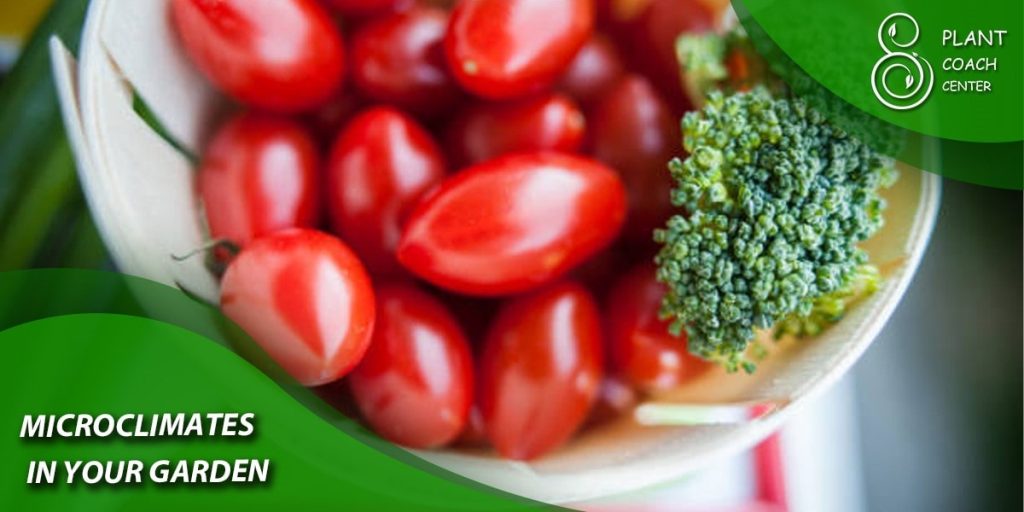
Microclimates in Your Garden:
Microclimates are small, localized areas within your garden that experience unique climate conditions compared to the overall region. Factors like sunlight exposure, nearby structures, or elevation can create these microclimates.
Being aware of these variations allows you to tailor your planting decisions, as certain areas may warm up faster or stay cooler. By selecting suitable tomato varieties for each microclimate, you can maximize your plants’ potential and yield.
Determining the Last Frost Date and Planting Window:
Knowing the last expected frost date in your region is key to planning your planting window. Calculating the safe planting period around this date will ensure your tomatoes have the best possible start.
Moreover, adopting strategies to protect your tomatoes from late frosts, such as using row covers and cloches, can further safeguard your plants and maximize their potential.
Selecting Tomato Varieties Based on Planting Time:
When planning your tomato garden, the right choice of tomato variety plays a crucial role in ensuring a successful harvest. Consider the following tips to select the best tomato varieties based on your region’s growing season:
Short Growing Seasons or Cooler Climates: Opt for Determinate Varieties
For regions with short growing seasons or cooler climates, determinate tomato varieties are an excellent choice. These tomatoes mature quickly and yield fruit within a concentrated period, allowing you to maximize your yields before the first frost arrives. Their ability to produce fruit rapidly makes them ideal for regions with limited warm weather.
Longer Growing Seasons or Milder Winters: Choose Indeterminate Varieties
In regions with longer growing seasons or milder winters, indeterminate tomato varieties are more suitable. Indeterminate tomatoes have continuous growth and fruit production until frost, providing a steady supply of fresh tomatoes throughout the entire growing season.
They thrive in extended warm conditions, making them a preferred choice for regions with a longer growing period.
Balance Varieties for Moderate Growing Seasons:
If you live in areas with moderate growing seasons, consider a mix of determinate, indeterminate, and mid-season tomato varieties. This selection will provide a diverse range of tomatoes with varying maturation times. As a result, you can enjoy a continuous supply of fresh fruit throughout the growing season, ensuring a more extended harvest period.
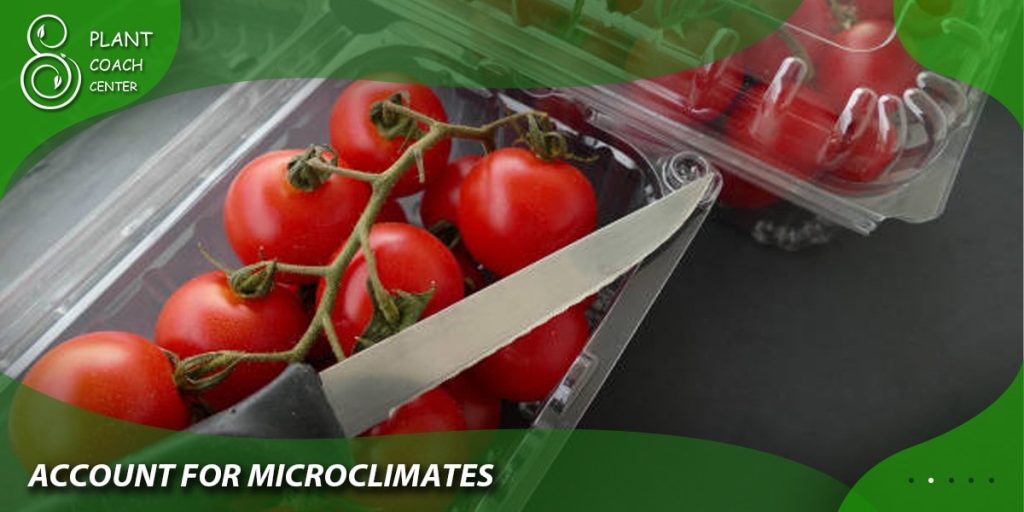
Account for Microclimates:
Take note of microclimates within your garden. Different parts of your garden may experience varying temperature variations. Tailor your tomato variety choices to each unique environment to optimize the success of your plants. By considering the specific conditions of different areas, you can achieve the best possible harvest in your garden.
With this comprehensive guide, you can make informed decisions about the tomato varieties you plant based on your region’s growing season length and microclimates. By choosing the right varieties, you can ensure a thriving tomato garden tailored to your area’s climate and unique conditions.
Indoor Seed Starting for Optimal Timing:
Getting a head start on your tomato crop is possible through indoor seed starting. This technique allows you to control early growth conditions and ensure your seedlings are ready for transplanting at the right time. Following the recommended timeline and providing proper care during this stage will result in healthy and robust tomato seedlings.
Direct Sowing Techniques in Warm Climates:
In regions with longer growing seasons and milder winters, direct sowing tomato seeds directly into the garden can be advantageous. By skipping the indoor seed starting process, you save time and resources while minimizing the risk of transplant shock. Adequate soil preparation and ongoing care are essential for successful direct sowing.
Succession Planting for Extended Harvest:
Succession planting is an excellent technique to extend your tomato harvest. Staggering planting times and creating a schedule will ensure a continuous supply of ripe tomatoes throughout the season. This method maximizes your yield and allows you to enjoy homegrown tomatoes for an extended period.
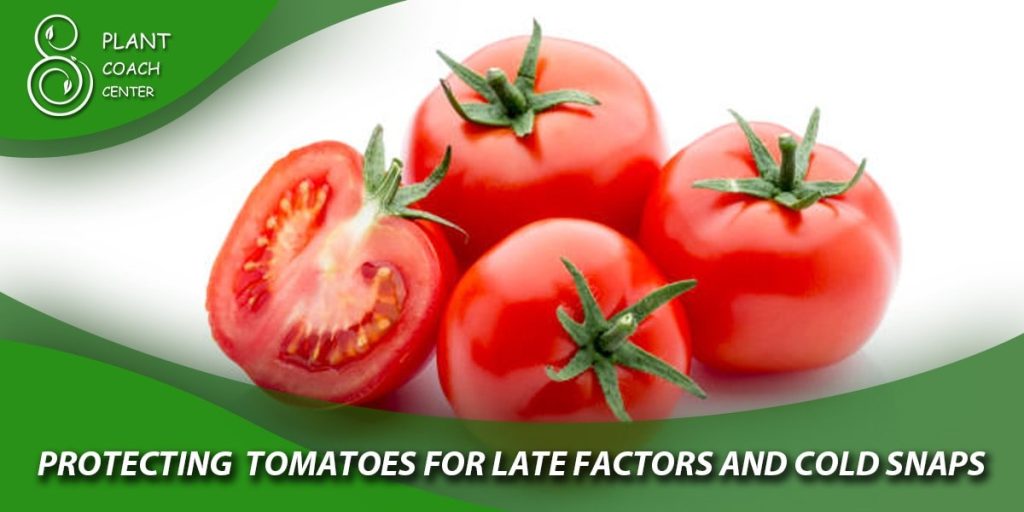
Protecting Tomatoes from Late Frosts and Cold Snaps:
Late frosts pose a threat to young tomato plants. Employing frost protection measures, such as using row covers, cloches, or other protective structures, can shield your plants from potential damage. Monitoring weather forecasts and responding promptly to frost warnings will help you safeguard your crop.
Providing Optimal Care for Tomato Plants:
Proper care is essential for ensuring healthy tomato growth and maximizing yields. Consistent watering, adequate fertilization, and proper support and pruning techniques are vital for robust and productive tomato plants.
Common Challenges and Troubleshooting Tips:
Early Planting Risks:
Planting tomatoes too early exposes them to potential damage from late frosts or cold snaps. To avoid this, wait until the last expected frost date has passed before planting. Consider using protective structures like row covers or cloches during late frosts for added security.
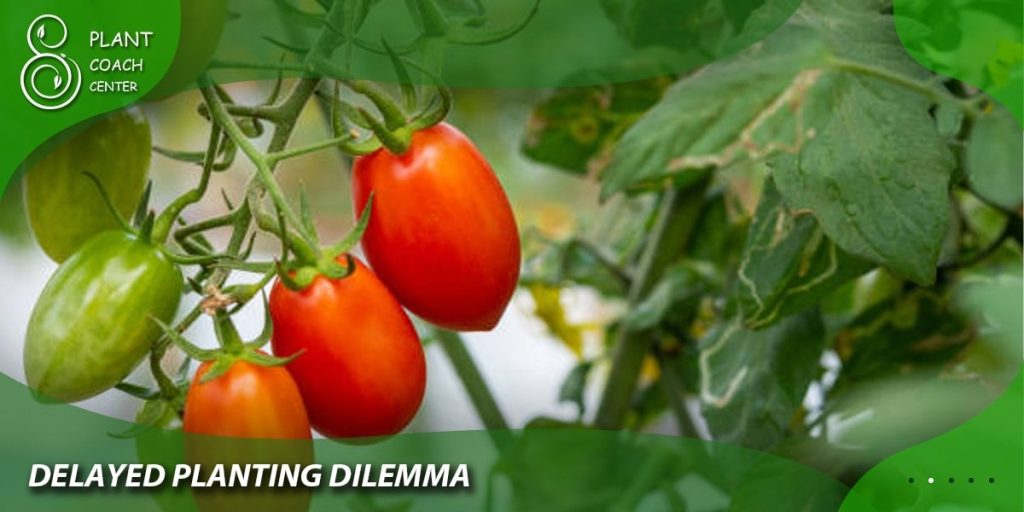
Delayed Planting Dilemma:
If you miss the optimal planting window, your tomatoes might not have enough time to mature and yield fully. In such cases, choose faster-maturing varieties or consider starting seeds indoors for a head start. Additionally, providing proper care and nutrition can encourage faster growth.
Soil Temperature Matters:
Tomatoes thrive when the soil consistently stays above 60°F (15.5°C). Planting in colder soil can lead to slow germination and stunted growth. Use a soil thermometer to gauge the temperature before planting and consider using mulch to retain warmth.
Microclimates and Variability:
Microclimates within your garden can result in varying temperature conditions. Pay attention to these microclimates and adjust your planting time accordingly. Choose tomato varieties that suit each microclimate to ensure optimal growth.
Adapting to Regional Variations:
Different regions have diverse climate conditions and growing seasons. Research the specific planting times recommended for your area and select tomato varieties suited to your region’s climate. Adapting to these variations will increase your chances of a successful harvest.
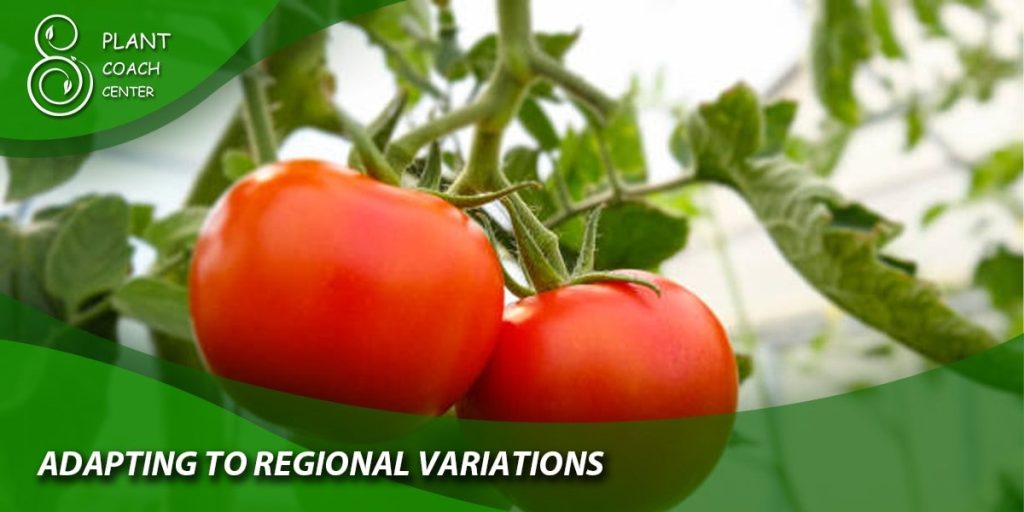
Conclusion
Mastering the art of timing in tomato planting is the key to a successful and rewarding harvest. By considering climate factors, selecting suitable varieties, and implementing effective techniques, you can optimize your tomato yield and enjoy the satisfaction of growing delicious, homegrown tomatoes throughout the growing season.
Remember to follow the tips and guidelines provided in this guide to ensure your tomato plants thrive and produce an abundant harvest.
When should I plant tomatoes in a warm climate with mild winters?
Plant tomatoes in warm climates after the last expected frost date.
What tomato varieties are best suited for short growing seasons?
Choose determinate varieties that mature relatively quickly.
How do I determine the last frost date in my region?
Check local weather reports or use online resources for frost date information.
Can I plant tomatoes directly in the garden without starting seeds indoors?
Yes, in regions with long growing seasons, direct sowing is advantageous.
What is the minimum soil temperature required for successful tomato planting?
Tomatoes thrive when the soil consistently stays above 60°F (15.5°C).


